Bridging the MVP-to-Production Gap with ChatOps
In the early days, launching a Minimum Viable Product is all about speed: validate an idea, collect user feedback, iterate fast. Tools like Lovable and quick-start templates make spinning up prototypes almost trivial. But for startups and scale-ups, the real test begins after product–market fit: delivering a production-grade environment that’s reliable, cost-efficient, and secure—without slowing down your pace of innovation. The Production Gap Moving from MVP to production isn’t just a matter of swapping one configuration file for another. It introduces a new set of challenges: Reliability & Uptime – Customers expect 99.9%+ availability. – Deployments must be predictable: no surprise downtime or rollbacks jeopardizing your brand. Scalability – Traffic spikes can break naive setups. – Infrastructure must scale horizontally and vertically without manual intervention. Security & Compliance – Sensitive data demands encryption, IAM best practices, and automated vulnerability scans. – As you grow, compliance requirements (SOC2, GDPR, HIPAA) become non-negotiable. Cost Management – Uncontrolled resource provisioning leads to runaway cloud bills. – Startups live or die by burn rate—every dollar counts. Operational Overhead – DevOps headcount is expensive and hard to recruit. – Contractors introduce ramp-up time and knowledge gaps. Each of these factors can erode the speed advantage you gained during your MVP phase. If your deployment process isn’t battle-tested for production, your scale-up becomes a constant firefight. Enter ChatOps: Imagine interacting with your infrastructure as easily as you chat with a teammate: You: “Scale my Redis cluster by 2× in EU-West.” Agent: “Scaled Redis from 3 to 6 nodes. Estimated cost increase: $120/mo.” This is the promise of ChatOps—bridging human intent and automation through natural language. For startups and scale-ups, ChatOps delivers: Speed & Accessibility Everyone on the team—from junior engineer to CTO—can deploy and manage services without memorizing dozens of CLI flags or YAML schemas. Consistency & Safety Guardrails baked into the chat workflows prevent misconfigurations. Role-based access controls ensure only authorized actions go through. Collaboration & Auditability All actions happen in shared channels (Slack, MS Teams), creating a transparent, searchable log of every deployment, rollback, and scaling event. Reduced Operational Load Routine tasks—scaling, rollbacks, canary releases—become a simple chat command, freeing DevOps engineers to focus on higher-value work. DevOps Agent: Your All-in-One Production Co-Pilot At DevOps Agent, we’ve built an AI-powered ChatOps platform specifically to help lean teams bridge the MVP–to–production gap: Connect Repos & Detect Stack Secure OAuth integration with GitHub, GitLab, or Bitbucket. Our AI scans your repository to infer languages, frameworks, and service dependencies—no manual setup required. Auto-Generate Production-Ready Infrastructure From Dockerfiles to Kubernetes and Helm manifests, DevOps Agent writes and version-controls your infra code tailored to your app’s needs. One-Click Multi-Cloud Deployment Deploy to AWS, GCP, Azure, DigitalOcean or Linode with a single chat command—zero manual YAML edits. Real-Time Observability & Cost Forecasting Get live dashboards of CPU, memory, requests/sec, and daily spend. Set anomaly alerts for performance blips and budget overruns. Continuous AI-Driven Management Our agent proactively monitors for drift, applies safe rollbacks, patches vulnerabilities, and tunes infrastructure for cost and performance—so your team can focus on features. ChatOps UI Manage your entire stack from Slack, MS Teams, or your terminal. Ask questions like “Show last week’s error rate” or “Patch that critical CVE,” and get instant responses. Sample ChatOps Workflow # In Slack or terminal > @DevOpsAgent deploy --auto --env=production
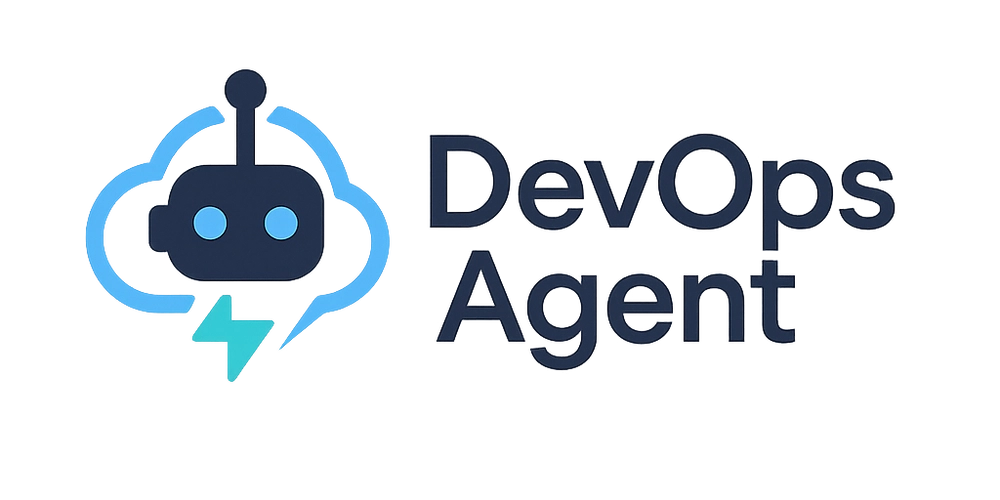
In the early days, launching a Minimum Viable Product is all about speed: validate an idea, collect user feedback, iterate fast. Tools like Lovable and quick-start templates make spinning up prototypes almost trivial. But for startups and scale-ups, the real test begins after product–market fit: delivering a production-grade environment that’s reliable, cost-efficient, and secure—without slowing down your pace of innovation.
The Production Gap
Moving from MVP to production isn’t just a matter of swapping one configuration file for another. It introduces a new set of challenges:
Reliability & Uptime – Customers expect 99.9%+ availability. – Deployments must be predictable: no surprise downtime or rollbacks jeopardizing your brand.
Scalability – Traffic spikes can break naive setups. – Infrastructure must scale horizontally and vertically without manual intervention.
Security & Compliance – Sensitive data demands encryption, IAM best practices, and automated vulnerability scans. – As you grow, compliance requirements (SOC2, GDPR, HIPAA) become non-negotiable.
Cost Management – Uncontrolled resource provisioning leads to runaway cloud bills. – Startups live or die by burn rate—every dollar counts.
Operational Overhead – DevOps headcount is expensive and hard to recruit. – Contractors introduce ramp-up time and knowledge gaps.
Each of these factors can erode the speed advantage you gained during your MVP phase. If your deployment process isn’t battle-tested for production, your scale-up becomes a constant firefight.
Enter ChatOps:
Imagine interacting with your infrastructure as easily as you chat with a teammate:
You: “Scale my Redis cluster by 2× in EU-West.”
Agent: “Scaled Redis from 3 to 6 nodes. Estimated cost increase: $120/mo.”
This is the promise of ChatOps—bridging human intent and automation through natural language. For startups and scale-ups, ChatOps delivers:
Speed & Accessibility Everyone on the team—from junior engineer to CTO—can deploy and manage services without memorizing dozens of CLI flags or YAML schemas.
Consistency & Safety Guardrails baked into the chat workflows prevent misconfigurations. Role-based access controls ensure only authorized actions go through.
Collaboration & Auditability All actions happen in shared channels (Slack, MS Teams), creating a transparent, searchable log of every deployment, rollback, and scaling event.
Reduced Operational Load Routine tasks—scaling, rollbacks, canary releases—become a simple chat command, freeing DevOps engineers to focus on higher-value work.
DevOps Agent: Your All-in-One Production Co-Pilot
At DevOps Agent, we’ve built an AI-powered ChatOps platform specifically to help lean teams bridge the MVP–to–production gap:
Connect Repos & Detect Stack Secure OAuth integration with GitHub, GitLab, or Bitbucket. Our AI scans your repository to infer languages, frameworks, and service dependencies—no manual setup required.
Auto-Generate Production-Ready Infrastructure From Dockerfiles to Kubernetes and Helm manifests, DevOps Agent writes and version-controls your infra code tailored to your app’s needs.
One-Click Multi-Cloud Deployment Deploy to AWS, GCP, Azure, DigitalOcean or Linode with a single chat command—zero manual YAML edits.
Real-Time Observability & Cost Forecasting Get live dashboards of CPU, memory, requests/sec, and daily spend. Set anomaly alerts for performance blips and budget overruns.
Continuous AI-Driven Management Our agent proactively monitors for drift, applies safe rollbacks, patches vulnerabilities, and tunes infrastructure for cost and performance—so your team can focus on features.
ChatOps UI Manage your entire stack from Slack, MS Teams, or your terminal. Ask questions like “Show last week’s error rate” or “Patch that critical CVE,” and get instant responses.
Sample ChatOps Workflow
# In Slack or terminal
> @DevOpsAgent deploy --auto --env=production








































































































































































![[The AI Show Episode 145]: OpenAI Releases o3 and o4-mini, AI Is Causing “Quiet Layoffs,” Executive Order on Youth AI Education & GPT-4o’s Controversial Update](https://www.marketingaiinstitute.com/hubfs/ep%20145%20cover.png)


























































































































































































































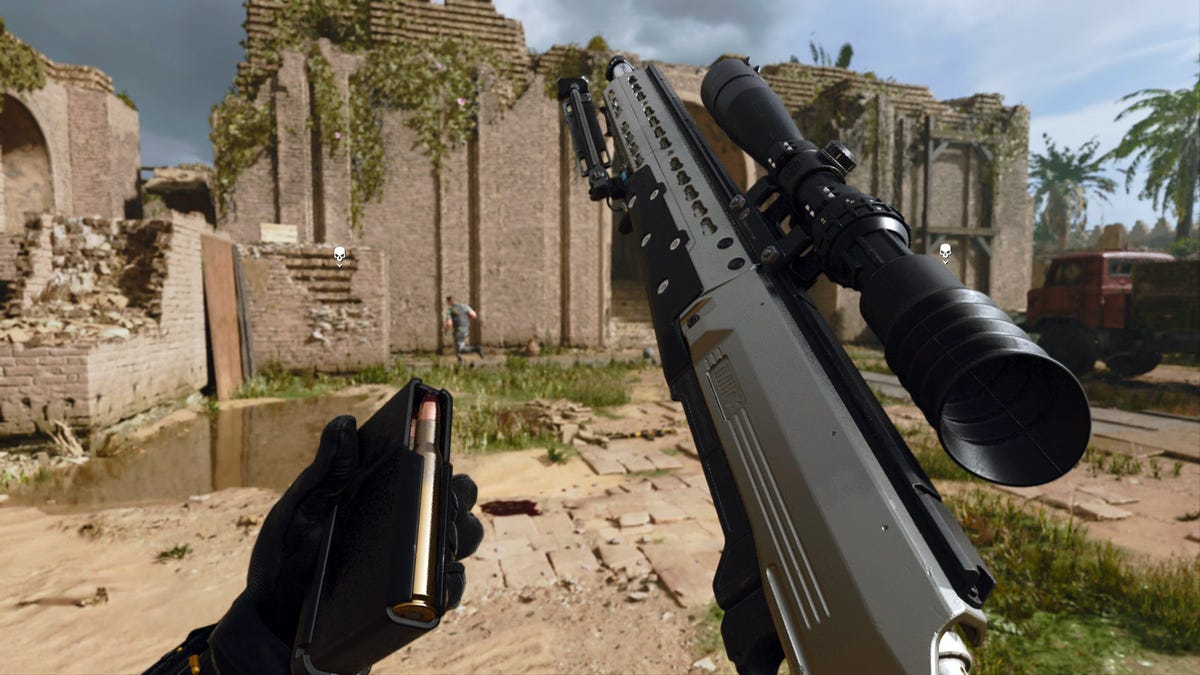

















































_Andy_Dean_Photography_Alamy.jpg?width=1280&auto=webp&quality=80&disable=upscale#)











































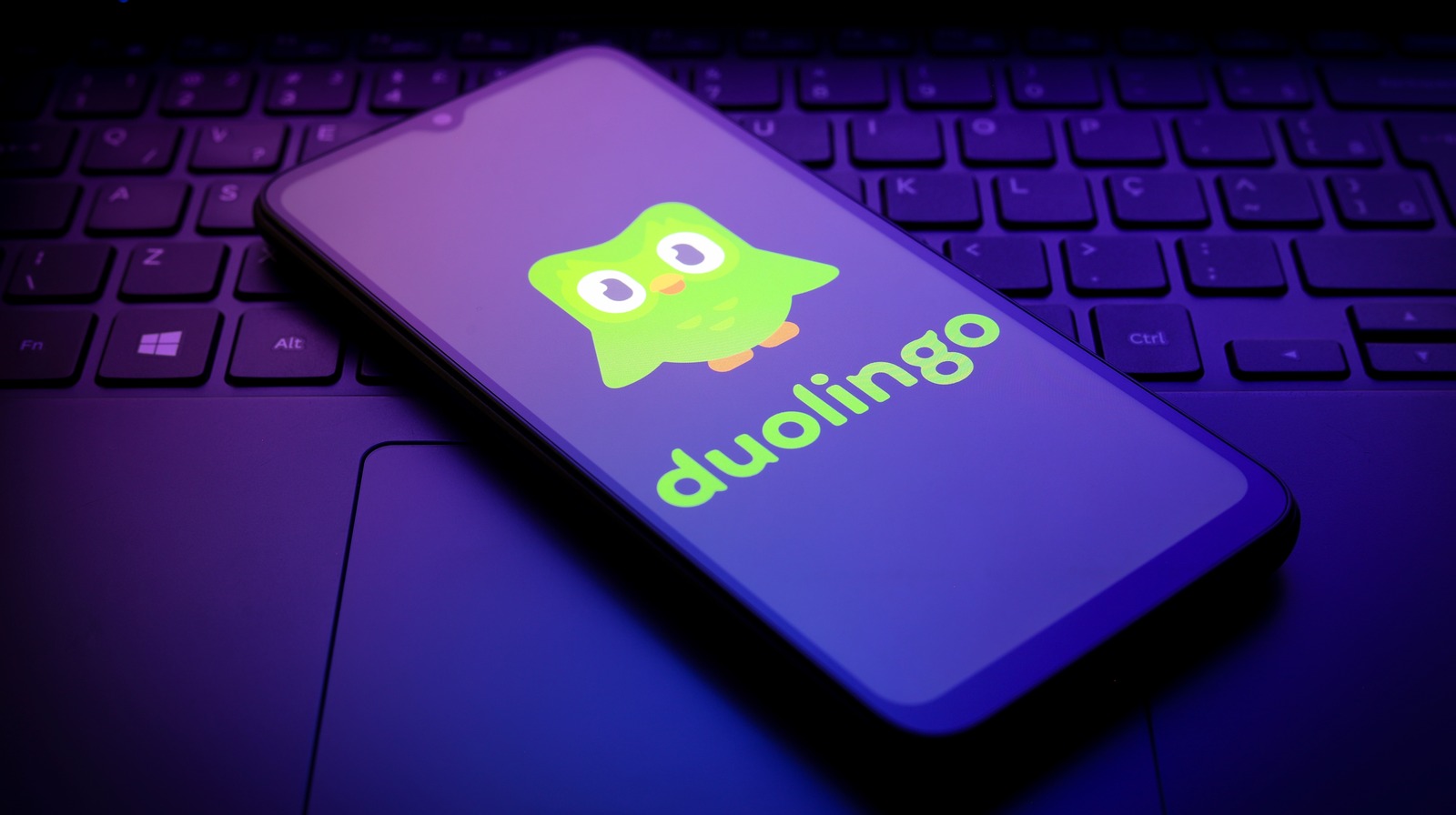












































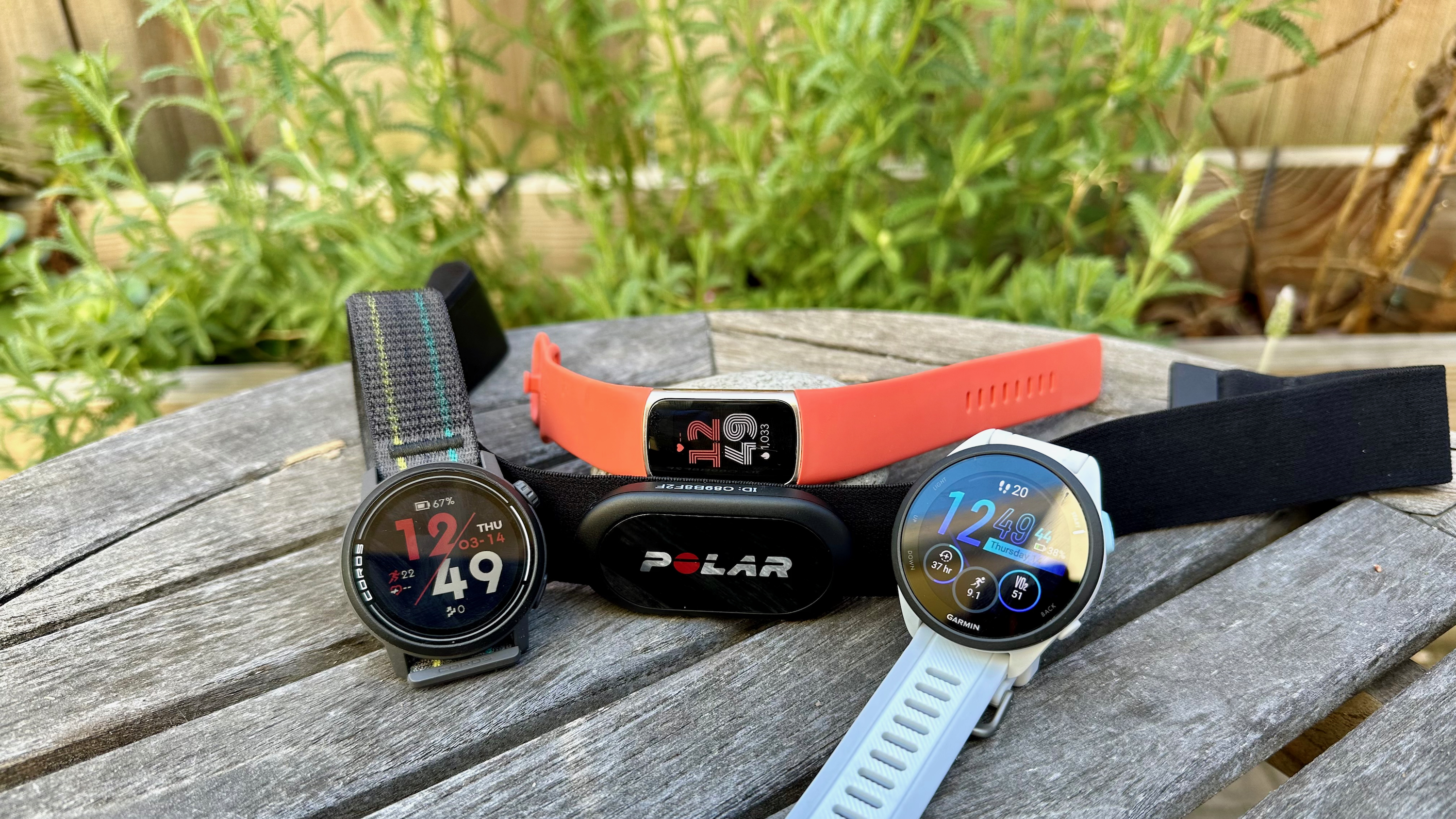
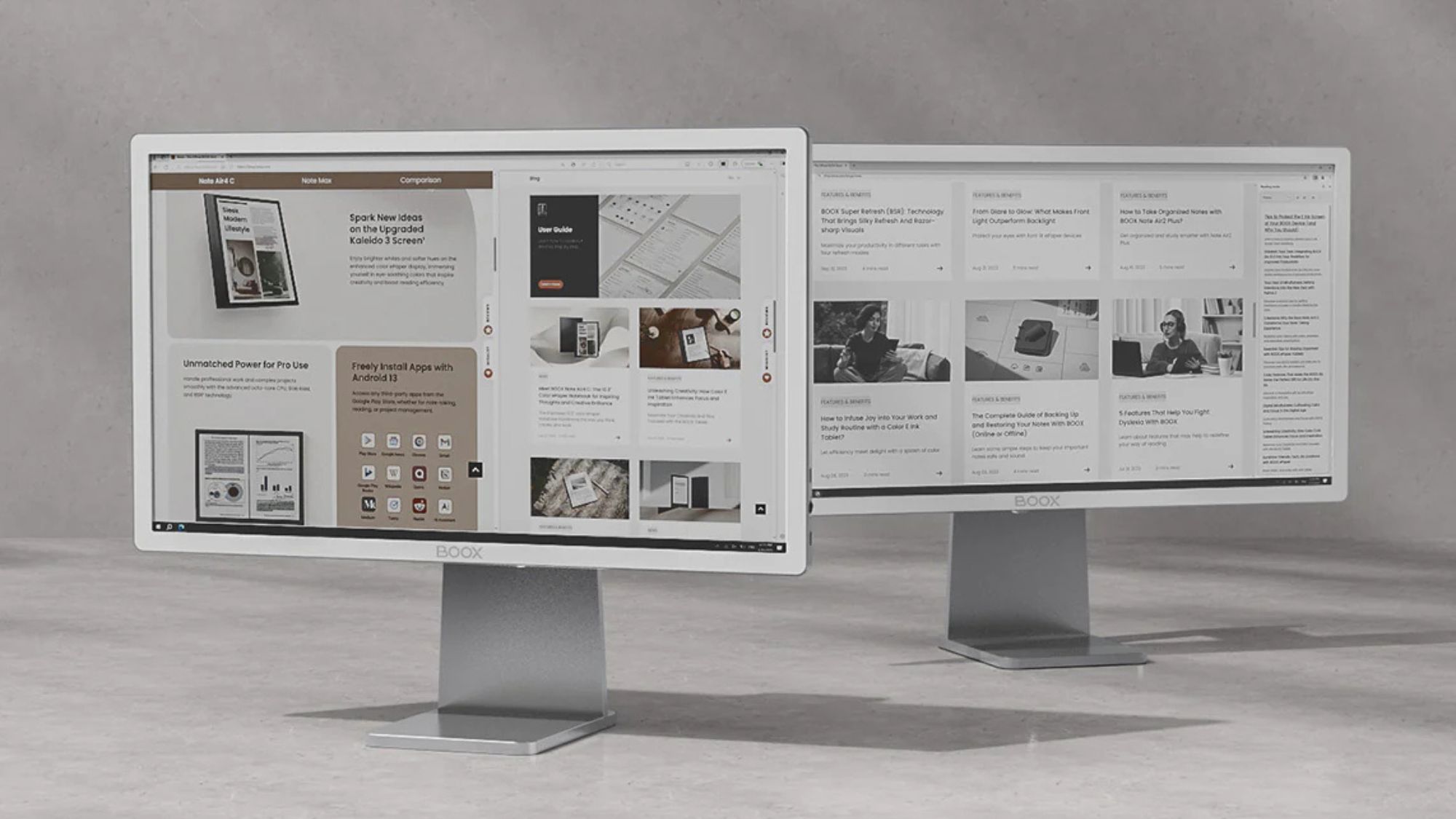




















![Apple Developing AI 'Vibe-Coding' Assistant for Xcode With Anthropic [Report]](https://www.iclarified.com/images/news/97200/97200/97200-640.jpg)
![Apple's New Ads Spotlight Apple Watch for Kids [Video]](https://www.iclarified.com/images/news/97197/97197/97197-640.jpg)












































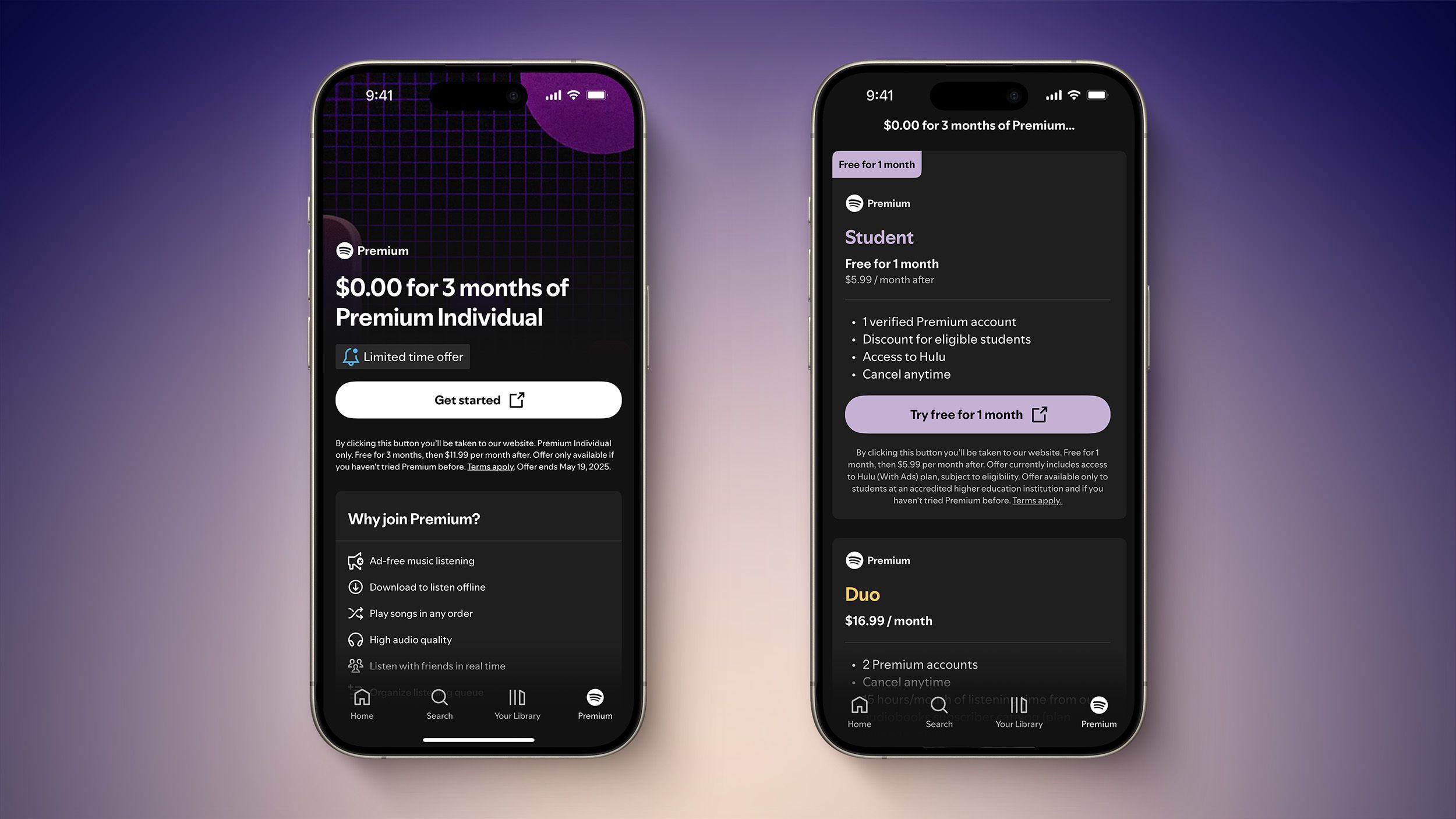





























![[Weekly funding roundup April 26-May 2] VC inflow continues to remain downcast](https://images.yourstory.com/cs/2/220356402d6d11e9aa979329348d4c3e/WeeklyFundingRoundupNewLogo1-1739546168054.jpg)



























